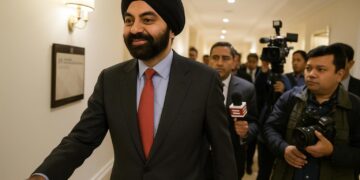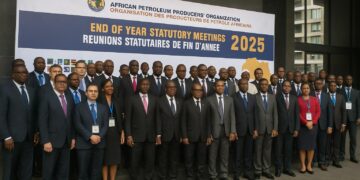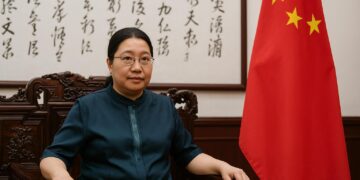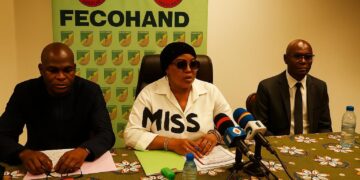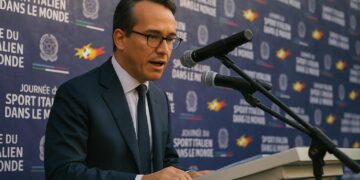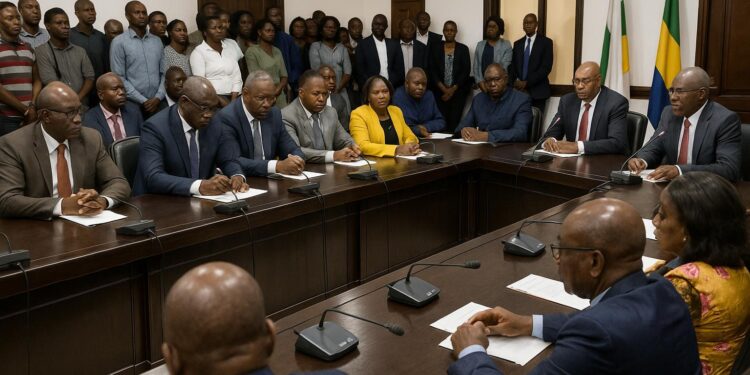Strategic shake-up at Customs HQ
On 5 November 2025 in Brazzaville, Paul Malié, chief of staff to the minister of Finance, Budget and Public Portfolio, formally installed nine central directors at the Directorate-General of Customs and Indirect Duties. The decree, signed 31 October by the Prime Minister, aims to inject fresh managerial energy.
The new team replaces several long-serving officials and is expected to improve coordination between audit, operations, intelligence and IT. Albert Raphaël Dirat assumes internal audit; Camille Pea Menga Bongou moves to studies and forecasting; Alain Sambila takes over operations, while Jean Richard Ngouala oversees regulation and litigation.
Observers note that Brazzaville has historically staggered customs rotations to limit disruption. Concentrating nine appointments at once therefore signals a strategic reset, in line with the administration’s goal of improving domestic revenue without raising headline tax rates (Ministry communiqué, 5 Nov 2025).
Aligning with fiscal consolidation goals
Over the past decade, oil price volatility has periodically strained Congo’s budget and driven public-debt spikes. Strengthening non-oil revenue, especially at borders, features prominently in the National Development Plan and in conversations with multilateral lenders (IMF Article IV, 2024).
The ministry’s medium-term fiscal framework projects customs intake to rise from 4.2 percent of GDP in 2024 to 5 percent by 2027. Achieving that target requires tighter valuation controls, quicker dispute resolution and closer trader engagement, all areas explicitly referenced in the directors’ terms of reference.
Customs already accounts for roughly a third of non-oil receipts; each additional percentage point can free budgetary space for social programmes such as health insurance expansion and rural electrification. Hence Malié’s call for “professionalism and rigour” resonated beyond the ministry’s courtyard.
Digital drive and risk-based controls
Modernising customs increasingly means digitising paperwork. Congo’s authorities have pledged to migrate fully to the cloud-based customs management system Sydonia World by 2026, cutting clearance times and raising transparency (World Customs Organization brief, Aug 2025).
A pilot of Sydonia World at Pointe-Noire port reduced average dwell time from five days to 72 hours, according to the private port operator. Alain Sambila plans to replicate the model at the Brazzaville container terminal and three land borders with Cameroon and Gabon.
The appointment of Laetitia Kakou as director of information systems underscores the priority. She previously led an e-tax project that lifted e-filing penetration from 15 percent to 67 percent in two years, experience deemed valuable for stitching together customs, tax and port community platforms.
Human capital at the core
Similarly, Jean-Pierre Bassadila, now director of intelligence, risk analysis and valuation, brings analytics expertise from the regional anti-fraud task force. His brief includes building predictive models to flag under-invoicing and trans-shipment schemes that erode revenue and distort competition.
Internally, staff morale has sometimes suffered from narrow career pathways. Fatima Raïssa Garcia, the new HR director, intends to roll out continuous training modules in tariff classification, with certificates co-signed by the École Inter-états des Douanes. Performance-based bonuses are also being studied to align incentives.
The reforms coincide with the CEMAC region’s push for a single customs territory by 2028. Harmonised procedures should make Congo’s ports more attractive as entry points for Central African trade, provided service standards stay high.
What investors should watch next
Investors have welcomed the clarity of the appointments. Logistics operators report that a stable chain of command eases escalation of operational issues. For financial institutions, higher and more predictable customs revenue reduces sovereign-risk premiums and creates room for broader infrastructure spending.
However, the private sector will judge success by tangible metrics: clearance times, dispute settlement speed and the predictability of tariff interpretation. Quarterly dashboards, promised by the studies and forecasting directorate, could become a critical transparency tool for importers and exporters alike.
Speaking in Brazzaville, Paul Malié summed up expectations: “You are the new engine of customs performance. Your success will be measured in service quality and revenue collected.” With mandates now public, the next six months will show whether the engine starts at full throttle.


